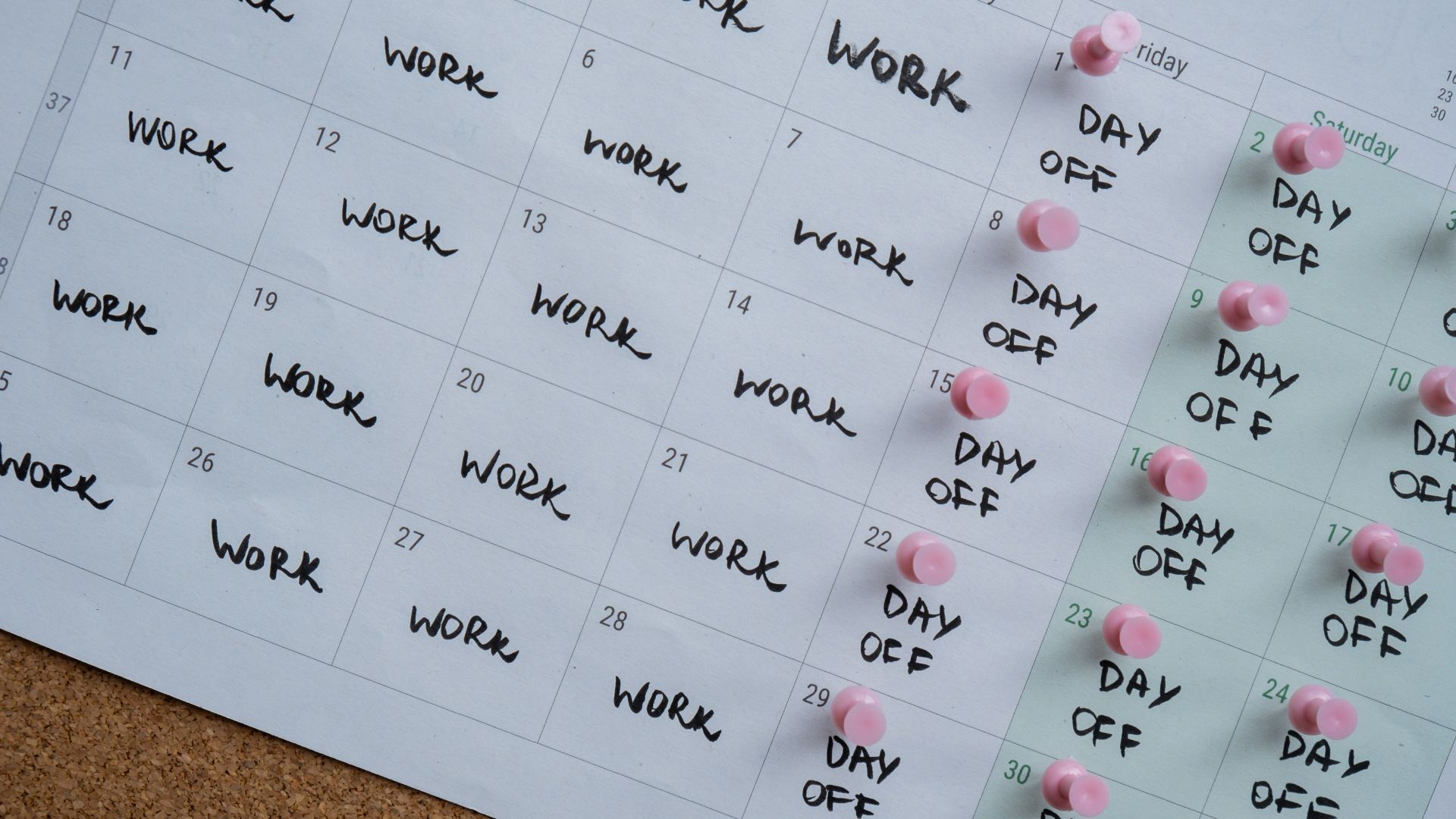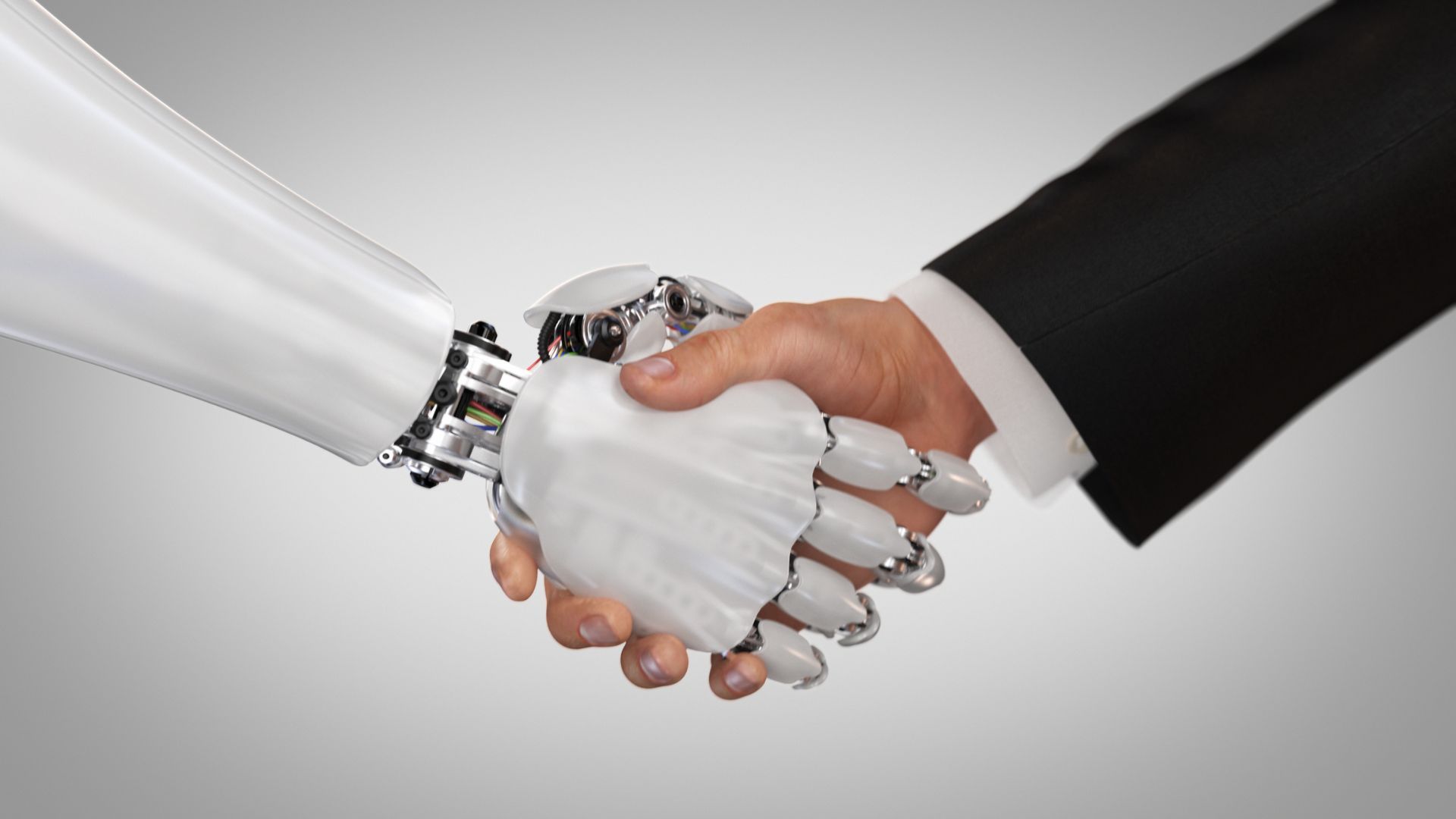Is it time for Australia to embrace the four-day workweek?
Ben Wheeler • March 2, 2025

The concept of a four-day workweek is gaining traction globally as businesses and employees seek better ways to balance productivity, job satisfaction, and well-being. Countries such as Iceland, New Zealand, and the UK have trialled various models of this approach, often reporting positive results, including increased efficiency and improved mental health.
Australia has begun to explore the idea more seriously, with surveys indicating strong interest. In a recent poll, 76.6% of respondents believed that more employers would shift to a four-day workweek. This sentiment is echoed by research showing that labour productivity growth has been declining over the past two decades, pushing organisations to find new ways to enhance efficiency without increasing employee burnout.
One of the most notable implementations of a four-day workweek follows the 100-80-100 model—100% pay for 80% of the time, with 100% productivity expectations. Rather than compressing work hours into fewer days, this model allows employees to focus on outcomes rather than simply clocking hours. Several Australian businesses have already trialled this approach, showing promising results in both business performance and employee well-being.
"People are finding not only the economic challenges but the stress of everyday life more difficult."
In a recent discussion on people2people’s AU Market Update, Ben Wheeler, Queensland Managing Director at people2people, was joined by Christian Miran, Work Revolution Architect at Thrive Nation, to discuss whether Australia should reignite the debate on a four-day workweek.
Reflecting on the growing momentum of this conversation, Christian noted: “People are finding not only the economic challenges but the stress of everyday life more difficult, which has an impact in the workplace.” He highlighted that organisations are increasingly looking for innovative ways to boost productivity while ensuring employee well-being.
Drawing on his experience at Medibank, where he helped implement a four-day workweek, Christian detailed how their model was structured: “People got paid 100% of the pay for 80% of the time, but 100% of the work being completed.” He emphasised that the key was not to compress work into fewer hours but to focus on meaningful output.
However, such a transition is not without its challenges. Large organisations, in particular, face concerns around maintaining productivity and ensuring business continuity. As Christian explained: “We set out a hypothesis and framed it as an experiment. If we could maintain productivity and still give our team the benefit of this model, then we considered it a success.” This data-driven approach helped businesses track performance and measure real impact, which included a 30% improvement in sleep quality and a 16% boost in overall health among employees.
One of the biggest myths surrounding the four-day workweek is that it only applies to certain industries. However, global trials have shown its success across various sectors, from manufacturing to healthcare. Christian highlighted: “Lamborghini has done a trial, a US police force has implemented it permanently, and hospitals have begun exploring this model too.” These findings suggest that the model is adaptable and could work across diverse job functions.
Ben also reflected on the broader implications for workplace culture, questioning the emphasis on being “busy” rather than being truly productive. He noted: “This forces businesses to reassess their processes—are we doing things just because we’ve always done them, or is there a better way?” A four-day workweek forces organisations to rethink efficiency and eliminate unnecessary tasks, meetings, and bureaucracy.
As businesses in Australia grapple with talent retention, burnout, and the need for improved productivity, the four-day workweek is emerging as a viable solution. The data suggests that when implemented thoughtfully, it can lead to higher employee satisfaction, better business outcomes, and even improved overall health.
While it may not be the right fit for every organisation, exploring new work models and embracing innovation could be the key to a more sustainable and productive future. As Ben and Christian concluded in their discussion, the momentum behind this movement is growing—and the time to consider its potential benefits is now.
Steps for businesses considering a four-day workweek
For businesses considering a four-day workweek, the key is to start small and assess feasibility before rolling out large-scale changes. Here are some practical steps to begin the journey:
Identify areas for productivity gains – Before making the shift, businesses should examine where inefficiencies exist. Streamlining processes, reducing redundant meetings, and improving workflows can help make up for the lost workday.
Engage employees in the conversation – Successful implementation requires buy-in from employees. Conduct surveys and discussions to understand their concerns, gather insights, and address potential barriers.
Start with a pilot programme – Instead of an immediate overhaul, consider a three-to-six-month trial period with a select team or department. This allows businesses to gather data, adjust strategies, and assess impacts.
Define clear metrics for success – Establish key performance indicators (KPIs) such as productivity levels, employee engagement, and customer satisfaction to evaluate the effectiveness of the new model.
Customise the model to suit your business – A four-day workweek may not work in the same way for every organisation. Some companies may offer flexible days off, while others might stagger schedules across teams to maintain business continuity.
Monitor and adapt – Continuous assessment is crucial. Gather feedback from managers and employees, review productivity data, and refine the approach as needed.
Find the job you love I Find the right talent
Get in touch with people2people
Australia
I
United Kingdom
In business since 2002 in Australia, NZ, and the United Kingdom, people2people is an award-winning recruitment agency with people at our heart. With over 12 offices, we specialise in accounting and finance, business support, education, executive, government, HR, legal, marketing and digital, property, sales, supply chain, and technology sectors. As the proud recipients of the 2024 Outstanding Large Agency and Excellence in Candidate Care Awards, we are dedicated to helping businesses achieve success through a people-first approach.






